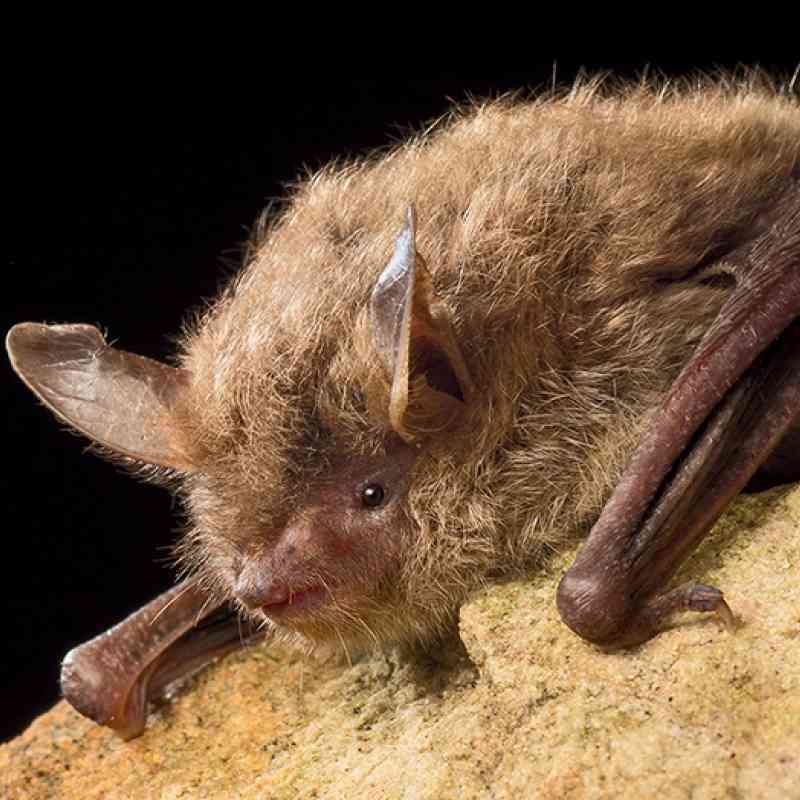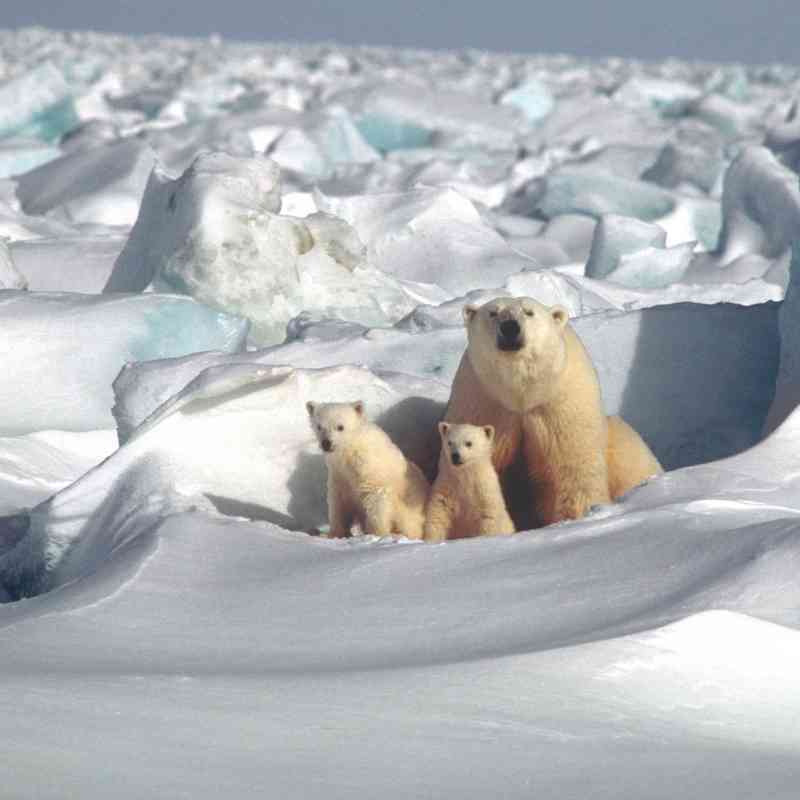Wilderness designation critical for Arctic mammals imperiled by climate change
WASHINGTON (08/12/2011) -Increased protection for the Arctic National Wildlife Refuge is critical to the survival of some of the refuge’s most charismatic wildlife, according to new research released today by Defenders of Wildlife. According to the report, 16 of the refuge’s 38 mammals are extremely or highly vulnerable to climate change – including the polar bear, Arctic fox, lynx and caribou – and could face serious risks as the Arctic landscape continues to transform.
The report comes just as the U.S. Fish and Wildlife Service (FWS) releases its draft Comprehensive Conservation Plan (CCP) for the Arctic National Wildlife Refuge. One of the management alternatives outlined in the plan includes a wilderness recommendation for the refuge’s coastal plain. A wilderness recommendation by FWS would be a meaningful step toward ultimately securing a formal wilderness designation, which can only be made by Congress. The enhanced protection afforded by such a designation, including a prohibition on oil and gas development and other industrial activities that would disturb the area’s wilderness character, are critical to avoiding even greater peril to the survival of species on the refuge due to climate change.
The following is a statement by Jamie Rappaport Clark, executive vice president of Defenders of Wildlife:
“With the vast array of wildlife it supports, the Arctic National Wildlife Refuge is one of the crown jewels of America’s landscape. But it is also one of the places where the climate is changing at a faster pace than anywhere else on the continent. For many of the refuge’s highly specialized mammals, shifting conditions could make survival extremely difficult if not impossible.
“The Fish and Wildlife Service faces the daunting task of preserving the ecological values of this refuge under siege. And that’s before the complications and damage posed by dangerous oil and gas drilling have even come into play. Recommending the area as wilderness, and protecting its wildlife and natural habitats from dirty fossil fuel development, provides an opportunity to strengthen the refuge and buy valuable time to sustain its threatened wildlife. The administration should put the well-being of the Arctic Refuge’s vulnerable wildlife and natural resources before the interests of Big Oil and pursue the wilderness designation alternative.”
Defenders’ climate science team used the Climate Change Vulnerability Index, an analytical tool developed by NatureServe, to assess the ways mammals in the Arctic National Wildlife Refuge will be impacted by a warming world. In addition to their findings, the summary of the report, Climate Change and the Arctic National Wildlife Refuge: Which Species Are At Risk?, offers recommendations on how to protect the refuge and help its wildlife adapt to the changes anticipated in the future.
Background:• The Arctic National Wildlife Refuge is home to 38 different mammal species, from the 1,600-pound polar bear to the pygmy shrew, the smallest mammal in North America. Defenders’ climate change science team determined 16 of these species to be extremely or highly vulnerable to climate change, including the polar bear, Arctic fox, lynx and caribou. Without help, these specialized mammals may not survive the changes a shifting climate will bring.
• The U.S. Fish and Wildlife Service is required to revise the long-term management plan, known as a Comprehensive Conservation Plan (CCP), for each of the refuges it manages every 15 years. As part of this process, the agency conducts a review to identify and, where appropriate, recommend for designation the refuge lands and waters that meet the criteria for wilderness. In the spring of 2010, the FWS began a 2-year process to revise and update the 1988 CCP and accompanying Environmental Impact Statement for the Arctic National Wildlife Refuge.
• The Wilderness Act of 1964 defines “wilderness” as an area of undeveloped federal land retaining its primeval character and influence, without permanent improvements or human habitation, which is protected and managed so as to preserve its natural conditions and which generally appears to have been affected primarily by the forces of nature, with the imprint of man’s work substantially unnoticeable.
Click here to read the full report, No Refuge from Warming.
Learn more about the what the future holds for the Arctic Refuge.
Contact(s):
Caitlin Leutwiler, (202) 772-3226, cleutwiler@defenders.orgDefenders of Wildlife is celebrating 75 years of protecting all native animals and plants in their natural communities. With a nationwide network of nearly 2.2 million members and activists, Defenders of Wildlife is a leading advocate for innovative solutions to safeguard our wildlife heritage for generations to come. For more information, visit defenders.org/newsroom and follow us on Twitter @Defenders.

